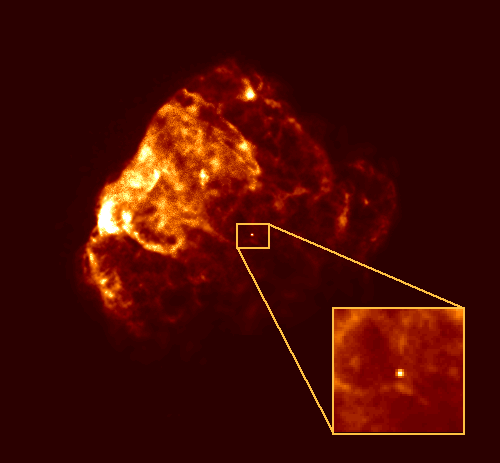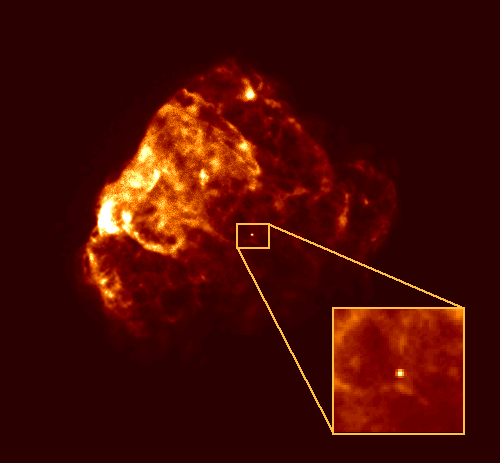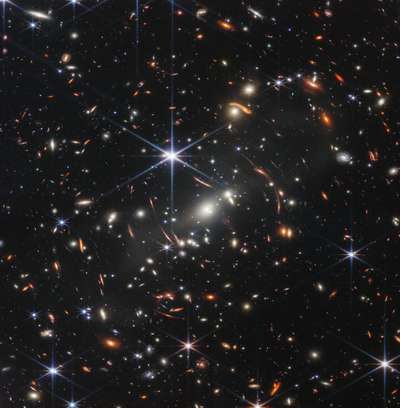It might sound like science fiction, but astronomers may have discovered a neutron star consuming a companion star, known as a Black Widow Binary system. There are two dozen Black Widows in our own Milky Way galaxy. But what makes this one unique? Learn more on NSF's "The Discovery Files."
Listen:

Neutron Star May Be Devouring Companion
This is The Discovery Files, from the U.S. National Science Foundation.
It may sound like science fiction, but astronomers may have discovered a neutron star consuming a companion star.
This type of event is known as a Black Widow Binary, when two stars are bound to one another by gravity and the neutron star, created by the supernova of a giant star, has a super dense, collapsed core feeding on its partner like a spider, a black widow.
Supported in part by NSF, researchers at MIT were studying the luminescence of stars, searching for Black Widow binaries, and found a system with a companion star. They were astonished to discover the two were orbiting each other every 62 minutes. But were even more amazed to find what appears to be a third, distant object orbiting the pair every 10,000 years.
There are two dozen known Black Widows in our own Milky Way galaxy, but the stunning discovery of what may be a third star makes this system unique.
Previously, Black Widows were chiefly detected by the gamma and x-ray radiation they emit from the neutron star pulsar. But in this research, the team was able to study the illumination of the companion star, its visible light, a pioneering optical technique that could reveal much more about neutron stars and Black Widows.
Credit: National Science Foundation





